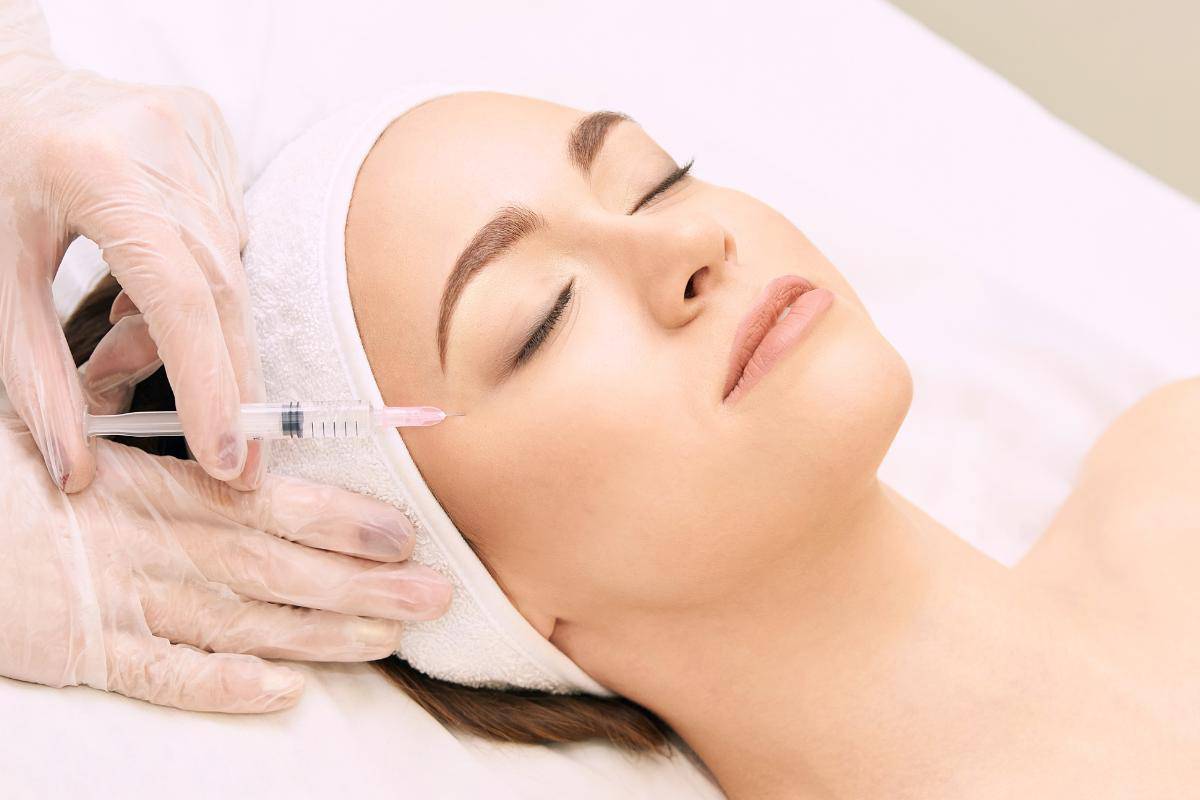How Can Chin Augmentation Enhance Facial Harmony and Boost Confidence?
This is a collaborative post.
Chin augmentation is a form of plastic surgery that focuses on the enhancement of the chin’s prominence, thereby creating a more aesthetically balanced facial appearance. People consider chin augmentation for various reasons, including improving facial harmony and counteracting a weak or receding chin that may make other facial features appear disproportionately prominent. This procedure, known as mentoplasty, can make a significant difference in achieving facial symmetry which is often associated with attractiveness.

The impact of a well-proportioned chin extends beyond mere cosmetic appeal. For many individuals, undergoing chin augmentation in Toronto can lead to increased confidence by bringing balance to their features and strengthening their facial profile. The influence of one’s appearance on their self-perception and social interactions is substantial, and a harmonious face can contribute positively to personal and professional relationships. It is not merely the physical transformation that matters but the psychological uplift that accompanies the renewed self-image.
Key Takeaways
- Chin augmentation enhances the balance and symmetry of facial features.
- It can significantly boost an individual’s self-esteem and confidence.
- Chin augmentation should be considered in overall facial aesthetic planning.
Understanding Chin Augmentation and Its Impact on Facial Harmony
Chin augmentation is a transformative cosmetic procedure designed to achieve a pleasing symmetry amongst facial features, enhancing facial balance and ultimately, self-assurance.
Defining Chin Augmentation and Its Goals
Chin augmentation, also known as genioplasty or chin implant surgery, aims to reshape the chin and bring it into harmony with other facial features. The primary goal is to strengthen a weak or receding chin, thereby creating a more pronounced profile. Board-certified plastic surgeons often achieve these aesthetic goals using implants or through reconstructive techniques to ensure a natural and proportionate look.
Assessing Facial Proportions and the Role of a Well-Defined Chin
A well-defined chin is integral for facial balance and harmony. When assessing facial proportions, a board-certified plastic surgeon evaluates the relationship between the nose, forehead, and chin. If the chin is weak or under-projected, it can create an imbalance in the overall facial structure. Achieving a well-defined chin can bring the desired equilibrium to the facial proportions, thus enhancing both the aesthetic appeal and confidence of the individual.
Surgical Versus Non-Surgical Options
Options for chin augmentation fall into two categories: surgical and non-surgical. Surgical options typically involve the insertion of silicone implants to permanently alter the shape and size of the chin. This approach is often chosen for more substantial corrections and is considered a long-term solution.
On the other hand, non-surgical methods, utilizing dermal fillers, are minimally invasive and can provide temporary enhancements with less downtime. Each method has its merits, and it should be tailored to meet the individual’s facial features and aesthetic goals.
For those interested in the surgical approach, consulting with a facial plastic surgeon is a prudent step to ensure a safe and effective enhancement.
The Journey to Enhanced Confidence Through Chin Augmentation
The comprehensive approach of chin augmentation begins with personalized planning and extends through recovery to reveal long-term benefits in both appearance and self-esteem.
Initial Consultation and Personalized Treatment Planning
During the initial consultation, a board-certified plastic surgeon assesses the individual’s facial structure and discusses aesthetic goals. It’s a collaborative process where patients share their desires for an attractive chin that brings balance to their features. This phase ensures that the treatment plan is personalized to align with the individual’s unique facial anatomy and confidence aspirations.
Recovery, Risks, and Managing Expectations
Post-operative care is crucial for a smooth recovery process, with specific aftercare instructions provided to minimize swelling and bruising. Patients can expect some activity restrictions to facilitate healing. They’re informed about potential risks and advised on how to manage discomfort. Transparent communication at this stage helps manage expectations and prepare patients for the recovery journey.
Long-Term Benefits and the Boost in Self-Confidence
The benefits of chin augmentation have a longevity that contributes to an enhanced self-image and boosted self-confidence. The surgical results typically lead to an improved facial harmony, making other features such as the eyes and nose appear more proportionate. As swelling subsides and the final results become apparent, patients often report a significant positive impact on their self-esteem.
Conclusion
Chin augmentation can play a crucial role in creating facial symmetry and enhancing one’s aesthetic appeal. By improving the chin’s projection through procedures like mentoplasty, a balanced look is achievable, which can subsequently lead to an increase in self-assurance.
Tailored to individual requirements, these surgical options ensure that the results are not only effective but also complement the person’s unique features. As a result, patients often experience a significant boost in confidence, with a positive impact on their self-perception and social interactions.